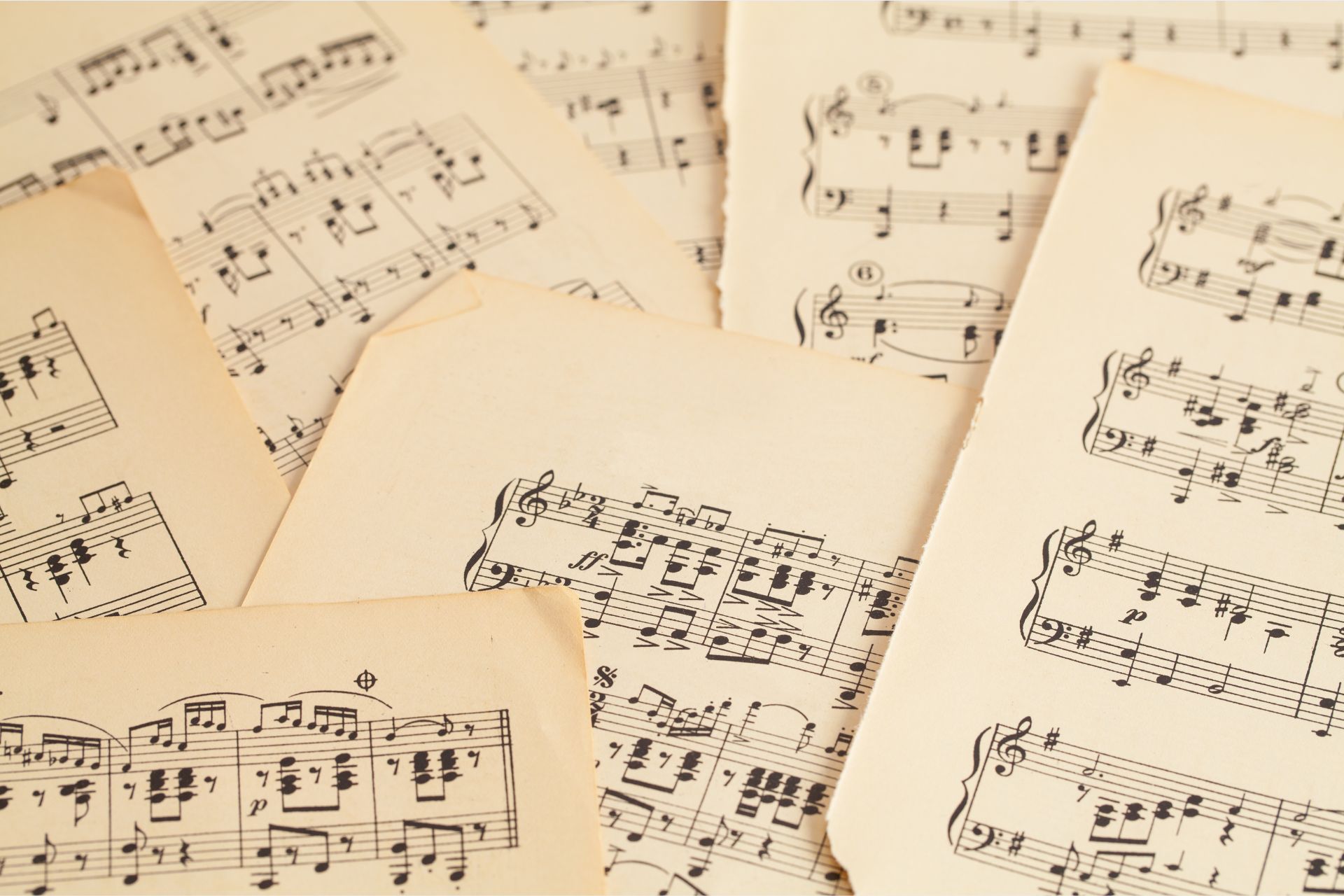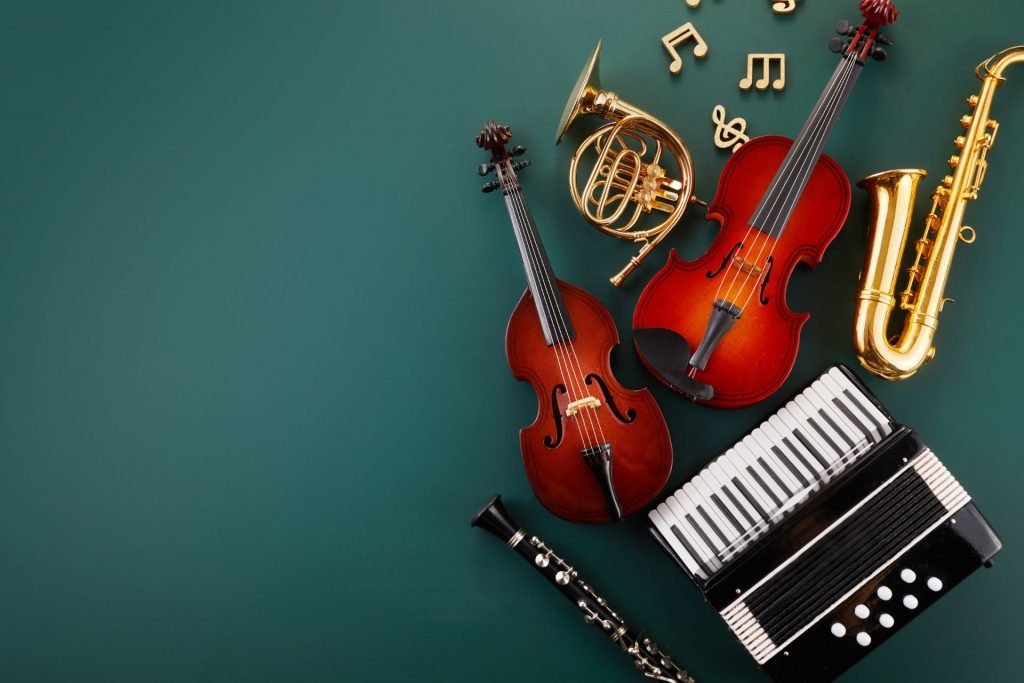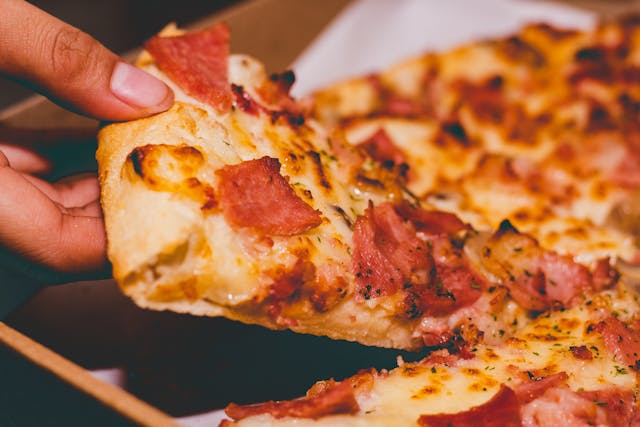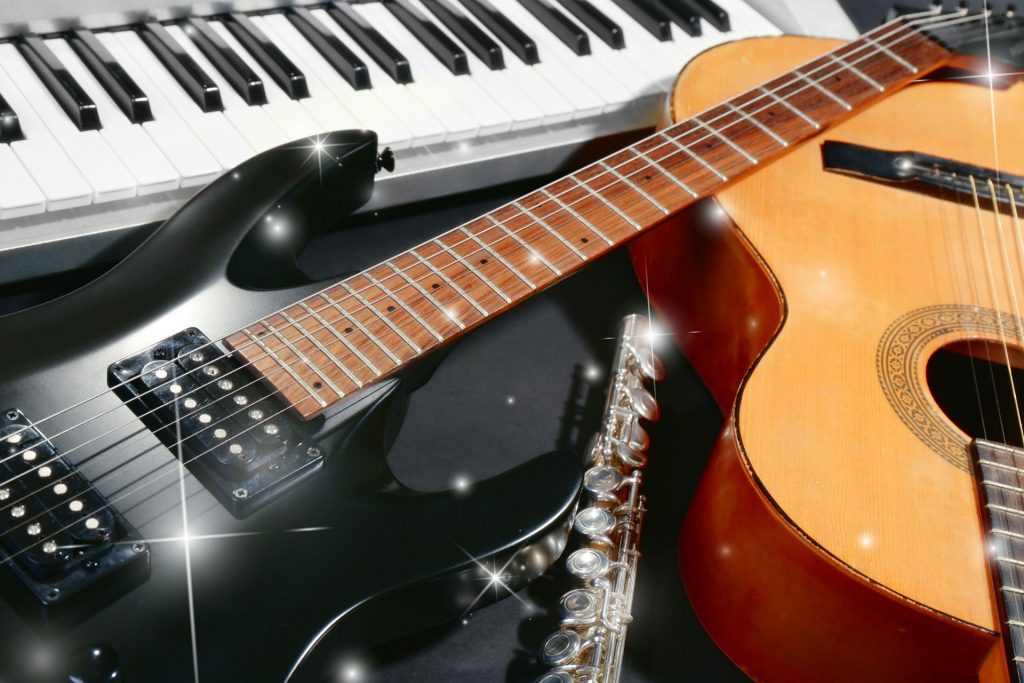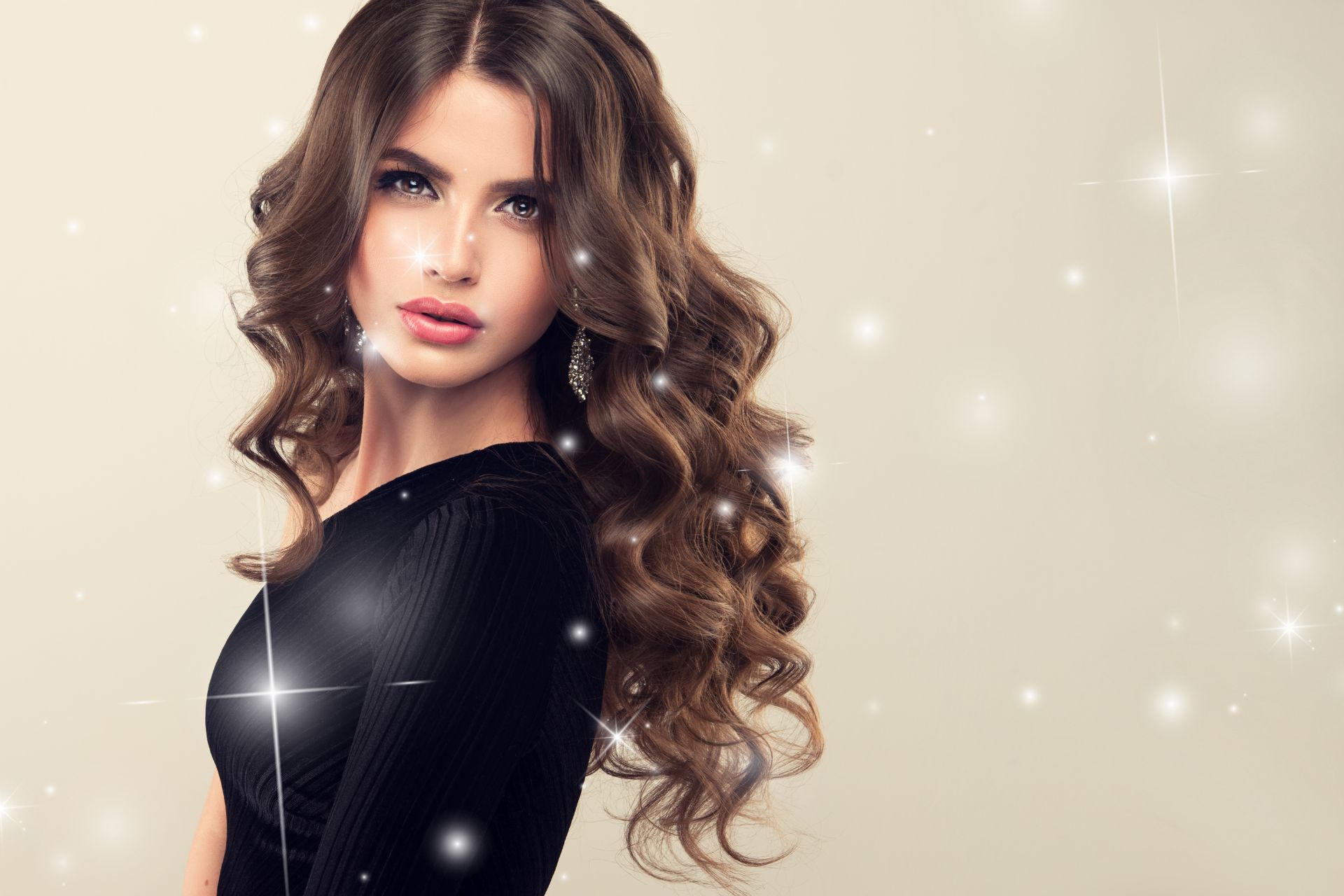What are meaning gifts?
Choosing meaningful gifts is all about showing thoughtfulness, understanding, and care for the recipient. The best gifts are those that resonate on a personal level, demonstrating that you have considered the recipient’s personality, needs, and desires. Here are several categories of meaningful gifts, along with some suggestions and explanations for why they can make such a lasting impact.

1. Personalized Gifts
Personalized gifts or a gift customized are powerful because they show that you’ve taken the time to tailor something specifically for the recipient. These gifts can range from simple to elaborate, but their personal touch always makes them stand out.
- Customized Jewelry: Pieces like necklaces with initials, bracelets with meaningful charms, or rings engraved with a special date or message can be incredibly significant. Such gifts not only serve as beautiful accessories but also carry sentimental value that makes them unique to the wearer.
- Custom Art or Portraits: A commissioned painting or digital portrait of a loved one, pet, or a place that holds special meaning can evoke powerful emotions. It’s a creative way to capture a memory or sentiment that the recipient can cherish forever.
- Engraved Items: Everyday items like pens, journals, or wallets can be made extraordinary by adding a personal engraving. Whether it’s a favorite quote, a special date, or the recipient’s name, this little addition can transform a common object into a treasured keepsake.
2. Experience-Based Gifts
Experience-based gifts often hold more value than physical objects because they create memories that last a lifetime. These gifts are particularly meaningful because they can provide the recipient with new experiences or cherished moments.
- Concert or Event Tickets: Gifting tickets to a concert, play, or sporting event can be a fantastic way to create a memorable experience. If you know the recipient’s tastes well, you can choose something that aligns perfectly with their interests, making the gift even more special.
- Classes or Workshops: Whether it’s cooking, painting, dancing, or pottery, gifting a class or workshop can provide the recipient with a chance to learn something new or refine a skill. This type of gift shows thoughtfulness in encouraging their hobbies or passions.
- Travel or Adventure Experiences: Planning a surprise trip or adventure, like a weekend getaway or a day of hiking and exploring a new city, can be incredibly meaningful. These experiences offer a break from routine and an opportunity to create lasting memories together.
3. Handmade Gifts
Handmade gifts are special because they require effort and creativity. The time and care put into making something by hand show the recipient that you truly value them.
- Handwritten Letters: In a world of digital communication, a heartfelt, handwritten letter can be incredibly touching. Share memories, express your appreciation, or recount funny stories to create a gift that will be cherished for years.
- Homemade Treats or Crafts: Baking a favorite dessert or crafting a homemade item like a knitted scarf, a piece of pottery, or even a photo album filled with shared memories can be deeply personal and meaningful. The act of creating something from scratch shows dedication and affection.
- Personalized Playlists or Mixtapes: Compiling a list of songs that have special meaning, evoke certain memories, or simply reflect the recipient’s taste is a modern twist on an old favorite. You can add a note explaining why each song was chosen to make the gift even more personal.
4. Gifts of Time and Service
Sometimes, the most valuable gift you can give is your time. These gifts are about providing support, showing care, or simply being present for the recipient.
- A Day of Help: Offer to spend a day helping with tasks that the recipient may find daunting or challenging. This could range from helping with home improvement projects, gardening, or running errands. The gift of your time and effort can be incredibly meaningful, especially if the person is going through a busy or tough period.
- Quality Time Together: Plan a special day or evening where you focus on spending uninterrupted time together. Whether it’s a picnic in the park, a movie marathon, or a deep conversation over coffee, the emphasis is on being fully present and showing that you value the person’s company.
- Volunteering Together: If the recipient is passionate about a particular cause, consider organizing a day to volunteer together. Not only does this show that you care about what’s important to them, but it also provides an opportunity to bond while doing something meaningful.
5. Sentimental Keepsakes
Sentimental gifts often have a profound emotional impact because they are tied to memories or feelings.
- Memory Boxes: Creating a memory box filled with photos, letters, and mementos from shared experiences can be a beautiful way to celebrate a relationship or friendship. This gift is particularly meaningful because it allows the recipient to look back on treasured memories.
- Heirloom or Vintage Items: Passing down a family heirloom or finding a vintage item that connects to a shared history can be incredibly touching. These gifts carry stories and sentimental value that new items simply cannot replicate.
- Storybook or Scrapbook: Creating a storybook or scrapbook that tells the story of your relationship or friendship, complete with photos, anecdotes, and meaningful quotes, can be a heartfelt gift that the recipient will treasure forever.
6. Charitable Gifts
For some people, knowing that a gift has made a difference in someone else’s life is the most meaningful thing of all.
- Donations in Their Name: If the recipient is passionate about a particular cause, consider making a donation to a related charity in their name. This can be a powerful way to show that you understand and respect their values.
- Sponsorships: Sponsor a child, animal, or environmental initiative in their name. This kind of gift keeps on giving and can create a sense of ongoing connection to a cause that the recipient cares about.
- Ethical Gifts: Gifts that support fair trade, sustainability, or social enterprises can be meaningful to those who value ethical consumption. By choosing a gift that aligns with the recipient’s values, you show respect for what’s important to them.
Conclusion
Meaningful and memorial gifts go beyond material value; they are a reflection of thought, care, and understanding. Whether through personalization, shared experiences, handmade creations, or thoughtful gestures, the most impactful gifts are those that connect on a personal level. By choosing gifts that resonate with the recipient’s personality, values, or passions, you can create lasting memories and deepen your bond with them. Remember, the true essence of gifting lies in the intention behind it, making it a powerful way to express love, appreciation, and connection.

